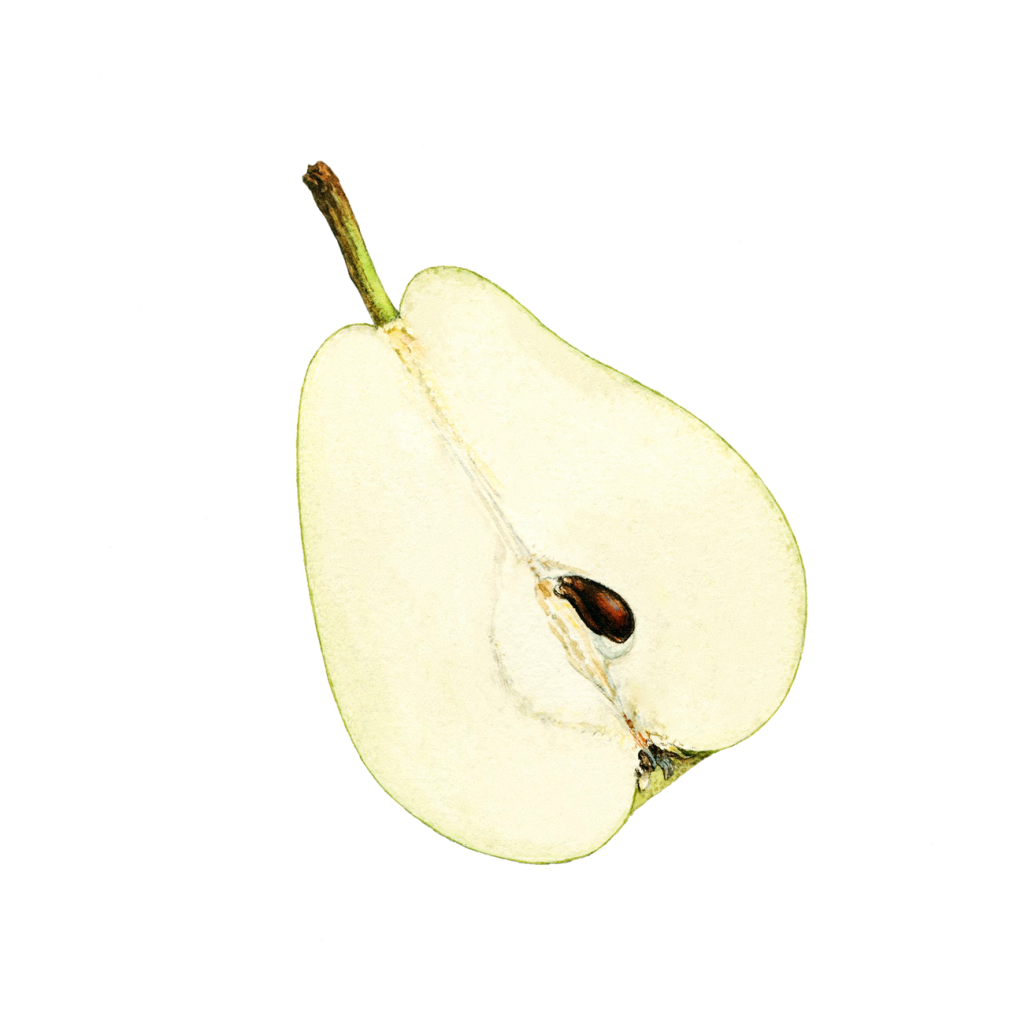Medical Cannabis Isn’t Associated With Cognitive Problems
But now a new study suggests medical cannabis use isn’t associated with cognitive problems in older adults.
Blurred Boundaries: The Therapeutics and Politics of Medical Marijuana
A lifetime dependence risk of 9% in marijuana users vs 32% for nicotine, 23% for heroin, 17% for cocaine, and 15% for alcohol.
Marijuana Use and Pneumonia Risk in a Cohort of HIV-infected and HIV-uninfected Men
Marijuana smoking was not associated with a significant increase in risk of pneumonia among HIV-infected or -uninfected men.
Low-dose vaporized cannabis significantly improves neuropathic pain
The analgesia obtained from a low dose of delta-9-tetrahydrocannabinol (1.29%) in patients, most of whom were experiencing neuropathic pain despite conventional treatments, is a clinically significant outcome. In general, the effect sizes on cognitive testing were consistent with this minimal dose. As a result, one might not anticipate a significant impact on daily.


Acute Effects of Cannabis on Symptoms of Obsessive-Compulsive Disorder
“Patients reported a 60% reduction in compulsions, a 49% reduction in intrusions, and a 52% reduction in anxiety from before to after inhaling cannabis. Higher concentrations of CBD and higher doses predicted larger reductions in compulsions. The number of cannabis use sessions across time predicted changes in intrusions, such that later cannabis use sessions were associated with smaller reductions in intrusions. Baseline symptom severity and dose remained fairly constant over time.”
